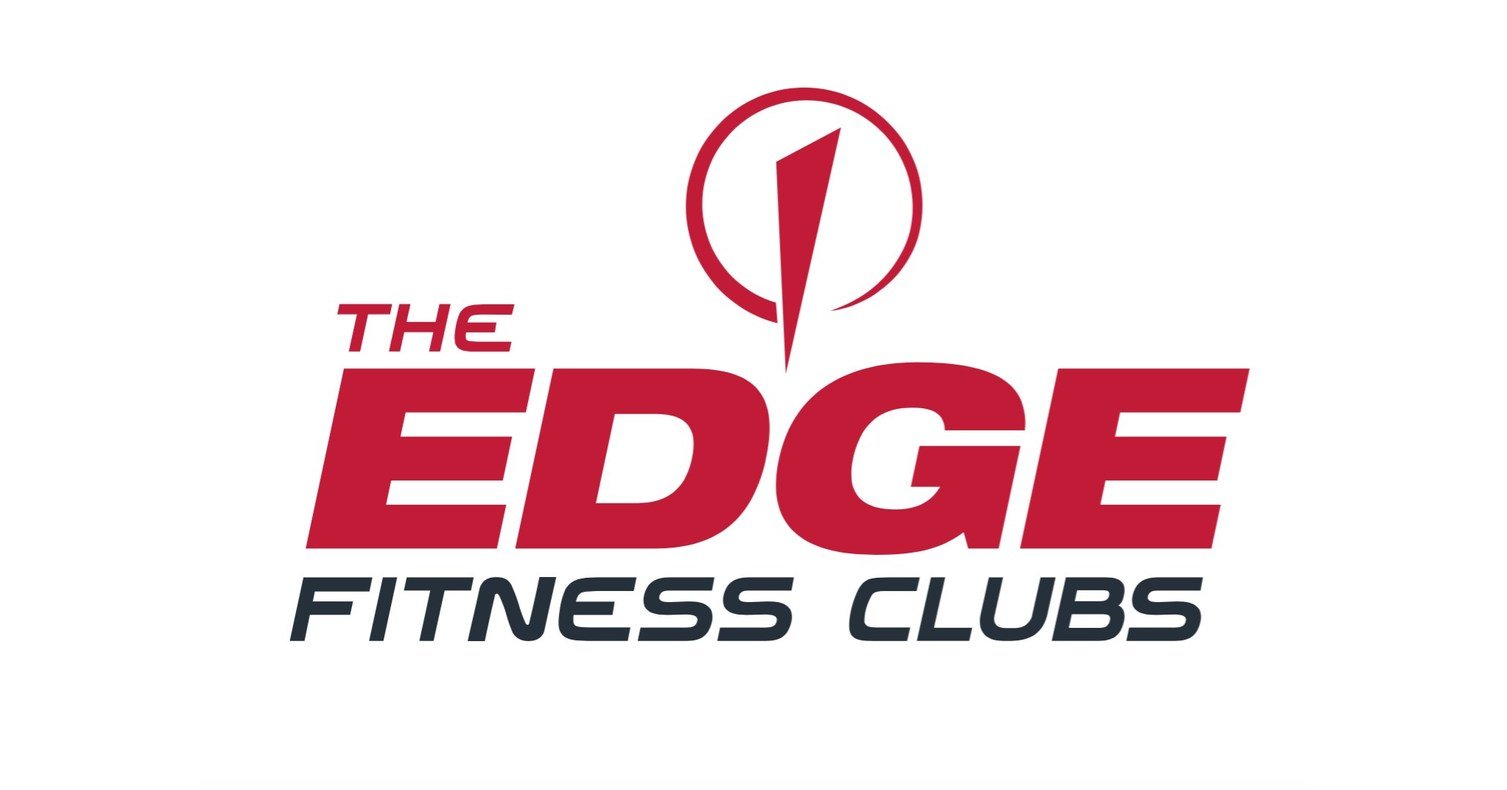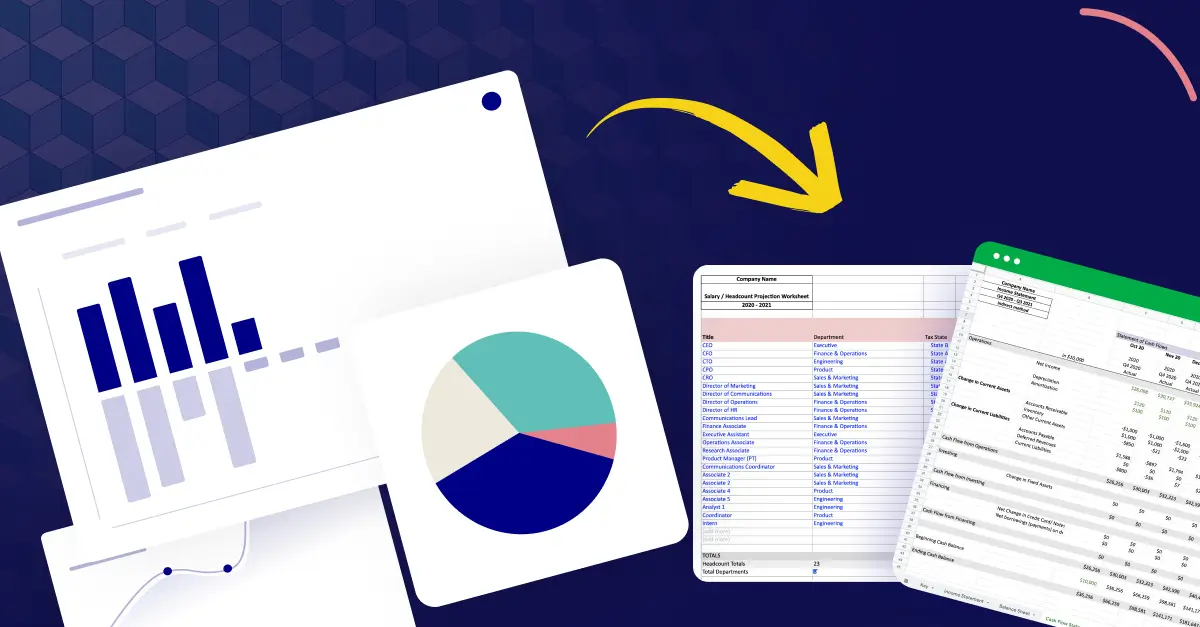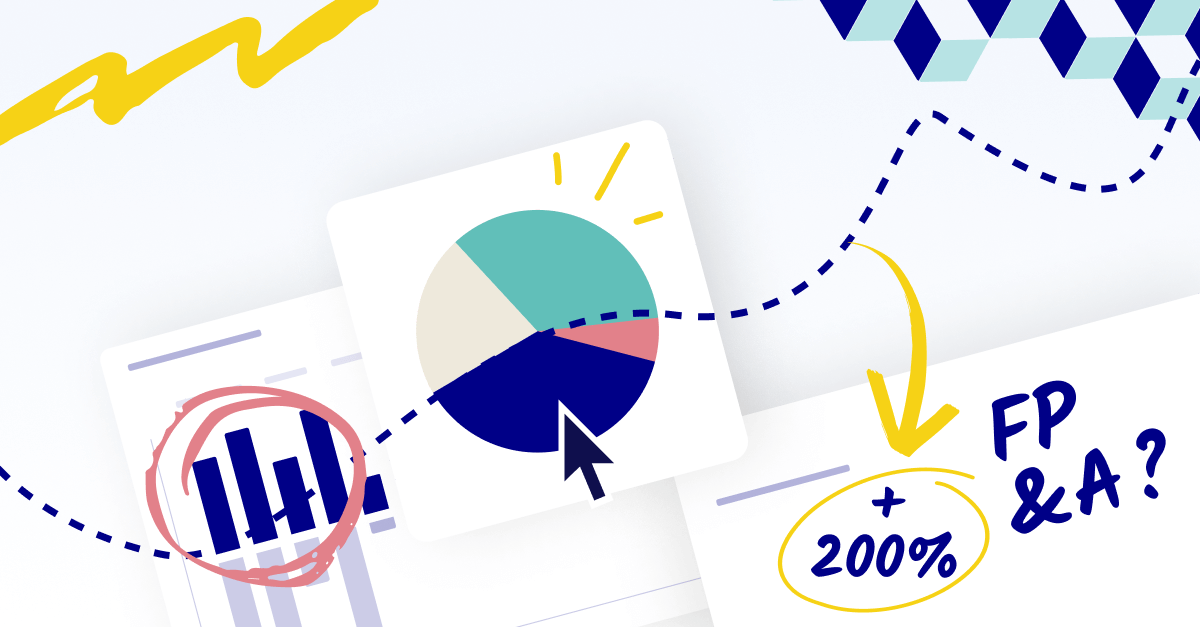What is strategic planning?
Strategic planning is the process used to allocate resources, set goals, and identify risks and opportunities.
Strategic planners look at the company's current environment—such as competitors, customers, and the industry—to map out how best to pull in resources, create value for stakeholders, and survive in a competitive marketplace.
Companies can create long-term plans that help them make decisions and structure operations through this process.
Strategic planning helps companies stay ahead of competitors by foreseeing challenges or opportunities before they occur and setting sound business objectives to serve the company’s mission.
How is strategic planning different from operational planning
The three spheres of financial planning and analysis (FP&A)—strategic, operational, and financial—all work together to provide a roadmap for the business. That said, they’re not interchangeable. Each type of planning covers a different aspect of the work and employs different tactics and skills.
-
Financial planning forecasts an organization's future finances, including income, expenses, and cash flow. It focuses on financial analysis of current and historical data to decide on long-term investments and budgeting. It’s the bedrock of all other planning, detailing the resources used to conduct business activities.
-
Operational planning focuses on short-term objectives for your current operations — setting budgets, creating schedules, and assigning tasks. It outlines the operational tactics the company will use to achieve the goals outlined in the strategic plan.
-
Strategic planning is a future-facing tactic. Strategic plans consider what the company’s long-term goals are and how to best achieve them by maximizing opportunities and minimizing risks.
Strategic planning looks at the bigger picture and considers how the company's external environment affects its goal attainment.
Strategic planning thinks in the long-term, with plans spanning one, five, or even 10 years out.
While the strategic plan can change based on outside factors, those changes always occur in service of the company’s vision.

Three benefits of strategic planning
Broad strategy is the framework on which all business activities are built.
If you know what you need to do in a high-level, strategic sense, it’s easier to outline the actions that lead to good outcomes.
Here’s how strategic planning helps companies move their objectives forward:
Helps assess goals
Strategic planning helps a company analyze its position in the market and identify the best long-term goals to pursue.
It allows companies to align their plans with current industry trends to stay ahead of the competition.
It also enables companies to make informed decisions when examining the financial impact of various tactics and strategies.
Strategic planning also gives leaders the tools to anticipate changes in the market and adjust their plans accordingly to ensure that they remain successful in the long run.
This plays an integral role in creating more effective strategies.
Informs operational planning
Businesses use operational planning to ensure smooth and efficient daily operations.
Team leaders set priorities, assign resources, manage staff, and monitor performance to ensure all tasks are completed according to the organization's goals and objectives.
Strategic planning creates a broader understanding of progress, from which teams can understand expectations, define roles and activities, and guide teams to optimize workflow resources.
Produces better long-term results
A clear strategic roadmap makes it more likely to achieve goals and create consistent growth. It enables agile decisions tailored to the specific needs and objectives of the company.
With greater insight into how resources should be allocated, companies can identify growth areas and increase revenue without sacrificing long-term sustainability.
The essential elements of a strategic plan
Your unique business plan relies on data and input from many sources. The specific actions you take on that data determine your outcomes.
Though individual, every planning process should feature some key strategic planning elements, including:
- Mission statement
- Company vision statement
- Company goals
- Strategy
- Tactics
Let's get into each.
What is a mission statement?
A company mission statement describes the big picture of what your company aspires to. It’s used to guide decision-making, planning, and goal-setting.
The best mission statements summarize your purpose in a quick, concise sentence telling others what to expect from your company.
It frames your employees’ approach to work and unifies them behind the company cause.
What is a vision statement?
Vision statements are clear, concise, and (ideally) inspiring declarations that outline your company's core values.
They communicate why the organization exists and what it intends to achieve.
A well-crafted strategic vision statement provides a sense of purpose and direction, motivating employees, stakeholders, and customers toward a common destiny.
Vision statements are a useful tool for establishing strong company culture.
Company goals and objectives
If a business is on a journey, goals are the waypoints and destinations they try to reach. Organizational goals are the tangible outcomes of your mission, vision, and day-to-day efforts. They align with specific steps needed for success.
Goals keep teams on track and ensure everyone works toward a common future for the organization. They provide clarity about priorities and direction to inform decision-making.

Steps in the strategic planning process
Strategic planning isn’t a single exercise. The best strategies evolve to fit changing markets and customer preferences.
Whether you’re building a strategy for the first time or improving your current planning process, your process should always involve the following key elements of strategic planning:
1. Define your values
“What do you stand for?” It’s a simple question, but an important one.
Your corporate values tell everyone the answer to that question. Whether your company operates on values like honesty and integrity, environmental protection, equal access to services, or maximizing customer returns, your values should be documented, communicated (through the mission statement), and integrated into all company actions.
When defining values, a company should consider what its stakeholders (employees, customers, business partners) value. This ensures company values align with those in its business environment.
2. Develop your mission and vision statements
Once you have a values framework, take time to define your mission statement and vision statement. These two key components aren’t just for marketing. They will serve as guideposts for your company and its decision-making.
- Your mission statement articulates your company values, purpose, and goals. It should be aspirational and inspiring, setting a high standard for the organization while providing direction.
- The vision statement guides the company’s decisions, such as what opportunities to pursue, what products and services to provide, and how to set key performance indicators.
Both statements must be clear, concise, and actionable—something your team members can easily remember and use as a reference in daily operations. Make these two identity statements a central part of your corporate communications.
3. Conduct a risk analysis
Risk analysis helps you identify potential risks and their effects on the organization.
During this step, you consider the internal and external environment to highlight potential risks, estimate their likelihood, and how to handle them.
You may also conduct a SWOT analysis (short for strengths, weaknesses, opportunities, and risks) to help inform your annual planning.
4. Examine your strategic options
Look at your mission and vision statements, risk analysis, and current resources. From there, consider opportunities that could help teams reach their goals.
Analyzing the industry trends and internal customer data may give you context when deciding between competing strategies.
Ask what has worked for other competitors in your space, and how you can take advantage of these to differentiate your products or services.
Solicit internal feedback from your managers, teams, or leadership on the conditions and considerations they see in daily operations.
This well-rounded view of the business will bring your plans into sharper focus.
5. Outline specific tactics
Tactics are the individual methods used for enacting your strategic plan. Take, for instance, an email marketing campaign.
This tactic involves sending multiple emails to prospective customers on an automated schedule. These emails could include educational content, promotions, and surveys to bring prospects further down the funnel.
Analyzing the data from these emails allows businesses to understand the effectiveness of their campaigns and adjust their strategies accordingly.
Choose tactics that best align with the way your customers work, where they consume content, where they shop, and how they seek support. While the strategy may undergo adjustment, tactics are much more flexible.
You can try other options if one tactic doesn’t produce the desired results.
6. Build KPIs and metrics
Once you have strategies, key performance indicators (KPIs) and metrics help measure success.
KPIs and metrics with clearly defined and measurable outcomes shed light on what’s working versus what can improve, plus highlight conditions or outcomes that are different from your expectations.
Committing to regular adjustments of your chosen metrics ensures your planning efforts achieve their desired outcomes.
Conclusion: create a strategic planning template with Cube
Now you know all the essential elements of strategic planning.
And the fastest way to create more plans is to template your planning process.
That's where Cube can help.
Cube connects to your ERP and HRIS (among other things) and integrates with Excel and Google Sheets.
So you can pull historical data, make models and plans, and easily share them with stakeholders or the rest of the planning committee.
Click the image below to request a free demo of Cube and see it in action.







.png)










